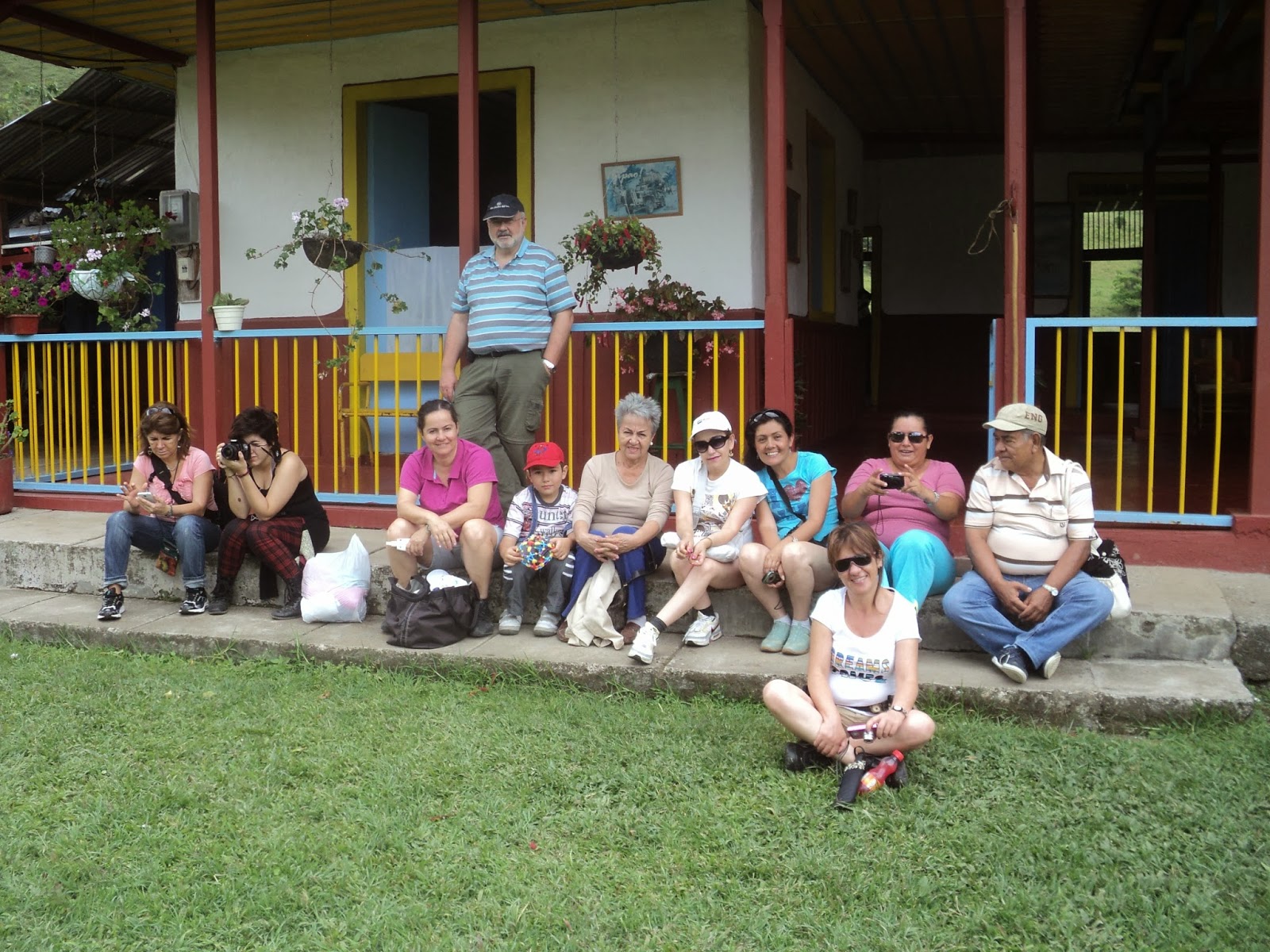For six years, every spring we climbed the Rock of Ifach. It has become a nice tradition that marks the beginning of good weather and the approaching holidays.
The climb to the Rock has no special difficulty, and actually you can see people of all ages and fitness doing the route. However, in hot days the promenade can be hard. The vertical level difference is about three hundred meters, and despite the verticality of the Rock when viewed from the car park, the pathway is easy and not risky, but an important tip is being aware of slipping, as the rock path in the tunnel and after the tunnel is highly polished by passing walkers.

The pathway starts in the parking over the Port of Calpe, and from there we have to follow indications to the Peñón de Ifach Natural Park. The map is taken from bp1.blogger.com.
From there the trail begins ascending the Information Center of the Nature Park and Museum, where we can carry water and freshen up ( this is especially valuable in the descent, when one arrives tired and sunburned. Before reaching this area, to the left of the track we could access some viewpoints over the beach and the coast worth visiting (but the views from above the Rock are certainly more spectacular).

From the building of the Information Center, the trail climbs into a series of loops, well traced and conditioned, to the base of the impressive cliff. At each end of the loops, especially in looking over the harbor area, some viewpoints are showing us more and more spectacular scenery overlooking the Serra Gela, after which we can view the buildings of Benidorm.
The last throw of the trail leads, just in the base of the cliff, the tunnel that allows access to the inner part of the Rock. This tunnel was opened in the early twentieth century (in 1918), and at one time it had a door that closes access (not today).

Once crossed the tunnel, about fifty meters long, we access the slopes and ravines of what was an inner world, without external connection, before the tunnel construction. Perhaps this explains the abundance of plant species that have been preserved and the natural wealth of the area (all of which justified the creation of the Natural Parc).

But surely the queen of the area is the yellow-legged gull. Thousands of them live and breed in the inland slopes of the Rock. In these six years of rising to the peak we have seen all the stages of young gulls growth, without leaving the trail because nests are abundant. The earliest times, by April, we have seen nests with two or three eggs most of the time. In early May, chicks remain in the nest , under the watchful (sometimes aggressive) parental care . Towards the end of May the chickens are grown and begin to exercise their wings in preparation for a flyby. It is very interesting, enjoyable and educational to see the explosion of life that occurs every year on the Rock . It has its drawbacks, of course: Thousands of gulls screaming continuously, a fishy smell (especially if there is no breeze) and skimming past they do to defend their nests and hatchlings when walkers pass too close to them. As we are the intruders, we have to bear with patience, do not disturb more than what is necessary and if we do not like ... not going is the solution.
Following the trail after the tunnel, we cross an aerial section, where some ropes have been installed as a security to facilitate the passage. The path climbing steadily progresses to a fork. The left trail continues to the end of the Rock, advancing towards the sea, in the remains of a police booth ( hardly a piece of wall). This stretch, almost horizontal, shaded by large pines is a good rest, both when going up and down.
If we take the fork to the right, the trail begins to climb frankly to the summit. It is the most rugged part of the pathway, where the path is less evident and where shortcuts make it easy to lose good route. A couple of easy climb sections, where fixed ropes are installed , make us gain altitude and quickly approach the peak .
One hundred meters before the summit, the road passes a few meters from the edge of the cliff that drops almost creepy directly into the sea, three hundred meters below.

At the peak, a monolith marks the position of the trig point. From here you can enjoy a fantastic view: 360º show sea, coast and mountains.

If we start from looking north, and turning clockwise, the Montgó Peak, turning right La Nao capes and Moraira and the sea ... sometimes we can also see the mountains of Ibiza. When turning right we find again the coast, we see Benidorm Island and Sierra Gelá appears after she Benidorm buildings . To the right Altea, the Mascarat area , the Bernia Mountains, After that Calpe, the Salinas lagoon, Fossa beach ...

We have now to go down: If going up can take an hour and a half, more or less, in one hour we can descend. And when you arrive, a cold beer and a good "arroz a banda" (fish paella), in any of the restaurants around the harbor area helps recovering from the effort. Worth kick for a good tour .
































